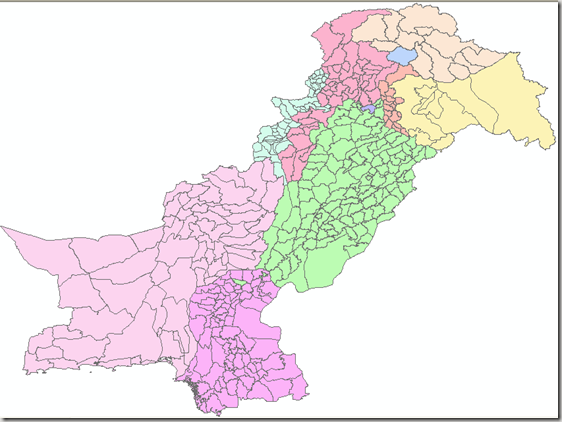“Islamabad (Meaning “Abode of Islam”) is the capital of Pakistan, and is the tenth largest city in Pakistan. The Rawalpindi/Islamabad metropolitan area is the third largest in Pakistan with a population of over 4.5 million inhabitants, 1,875,000 million in Islamabad and three million in Rawalpindi.
Islamabad is one of the greenest and most well-planned cities of South Asia. The city is well-organized and divided into different sectors and zones. Islamabad is also home to the Faisal Masjid which is well known for its architectural beauty and immense size. Islamabad has been ranked as a Gamma world city, as of 2008”, Read More>>
| Country | Pakistan |
| Territory | Islamabad Capital Territory |
| Constructed | 1960s |
| Union Council | 40 UC |
| Area Total | 906.50 km2 (350 sq mi) |
| Highest elevation | 1,604 [1] m (5,263 ft) |
| Lowest elevation | 457 m (1,499 ft) |
| Population (2009) | 1,875,000 |
| Population Density | 1,243/km2 (3,219.4/sq mi) |
| Time zone | PST (UTC+5) |
| Postal Code | 44000 |
| Area code(s) | 51 |
| Website | Islamabad’s Official Website |
|
Source: |
http://en.wikipedia.org/wiki/Islamabad |
Here, We present a street level GIS map of Islamabad city containing line, point and polygonal features. Coverage and Road hierarchy is visible even from the picture below.
Points Shape file:
About 744 places of interest are identified on map by Name and categories according to their use. The details are given in the table below:
| Layer | Objects |
| Bank | 15 |
| Cemetery | 1 |
| Church | 79 |
| County | 96 |
| Hospital | 21 |
| Landmark | 2 |
| School | 86 |
| Shopping | 84 |
| Stadium | 5 |
| State | 5 |
| Tower | 31 |
| Other Point Features | 318 |
Lines Shape file:
This layer includes 4987 line features which represent arterial roads, collector roads, residential streets, major highways, alleys, railway routes, airport runways, and water streams. A summary of these features is given below:
| Layer | Objects |
| Airport Runway | 2 |
| Alley or Driveway | 9 |
| Collector Road | 5 |
| Interstate | 31 |
| Major Roads/ Highway | 76 |
| Railroad, Class 1A | 31 |
| Residential Road | 4166 |
| River, Unknown Length | 5 |
| State Highway | 637 |
| Trail | 14 |
Polygones Shape files:
In this shape file, Polygonal features inlcude sectors and small metropolitan areas, lakes and city park.
Screen shot below shows a zoom in view where all points, lines and polygonal features can be seen with the level of detail.
.::Special thanks to PKMAPS and Kifayat Hussain::.
If anyone is interested in Routable Map for Islamabad for GPS devices, Mobiles or Navigators, have it free from Islamabad Routable Map By PKMAPS.





